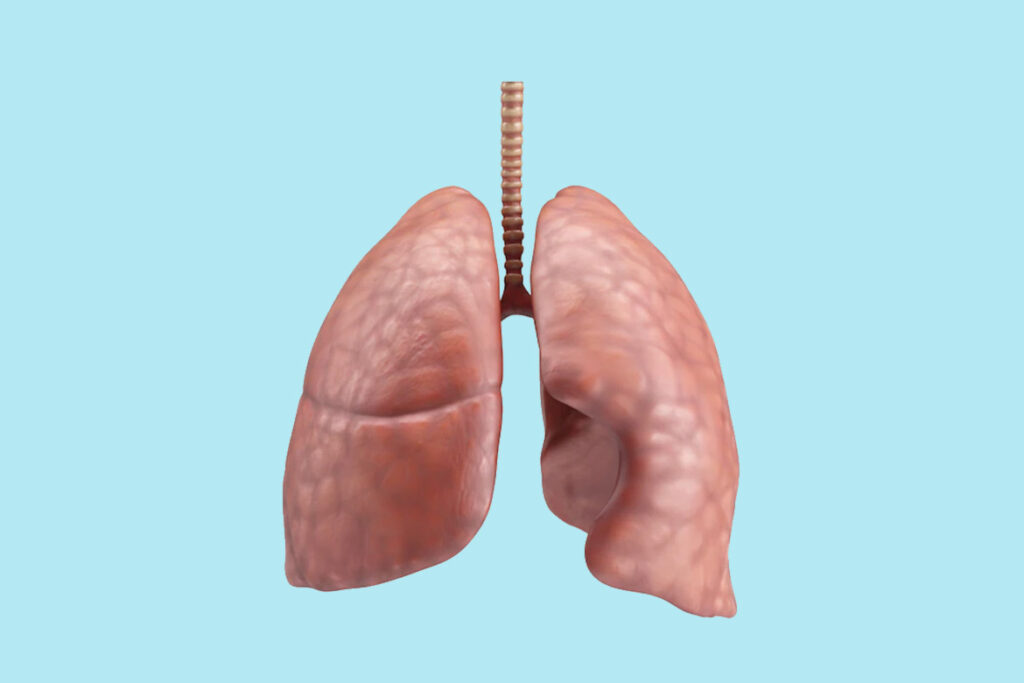The human body is a very complex system that even after so many scientific advancements many of its facets are still obscure. The scientific community, however, is making strides in discovering new things. Lately, Scientists have discovered an organ present in the human body, which works to keep the lungs healthy. The new cell-like organ is found in the thin and extremely delicate branches present in the lungs of the human body. With this discovery, scientists are hoping that they will be able to save or cure people from smoking-related diseases.
RASCs: The newly discovered body part
Scientists have named it Respiratory Airway Secretory Cells (RASC). RASCs are present in the bronchioles, the branch of nerves present inside the lungs. RASCs are present on airway branches present deep inside the lungs near the alveoli structures, the site where oxygen is exchanged for carbon dioxide.
In the study published in the journal Nature, scientists concluded that RAS cells are dependent on the lungs because their function is related to the lungs. For the study, the scientists took a sample of lung tissue of a healthy human. In this, genes present inside each cell were analyzed. It was in this study RAS cells were detected by researchers.
Professor Edward Morrissey, University of Pennsylvania’s Perelman School of Medicine, said, “RAS cells have also been found in the lungs of ferrets, which are similar to human cells. Scientists came to the conclusion that most mammals, whether small or large, all have RAS cells in their lungs.”
How do RAS cells function?

Also read: A major cause of infertility: TB is not limited to lungs, Know about the threats from Genital TB
Newly found organelles, RAS cells, are like stem cells. These are called blank canvas cells. These cells identify any new organs or cells inside the body. They repair the damaged alveoli and create new alveoli cells to ensure the optimum flow of gases in the blood.
RASC secrete particles that act as a coating for the fluids flowing into the bronchioles. Due to this the capacity of the lungs increases. They function like progenitor cells i.e. alveolar type-2 (AT2) cells. This is a special type of cell that releases chemicals to repair damaged small cells.
Significance of this discovery:
This research suggests that RASCs have properties like stem cells, which enables them to regenerate other cells that are crucial for the normal functioning of alveoli.
Researchers also found common smoking-related ailment, aka Chronic Obstructive Pulmonary Disease (COPD) can hinder the regenerative functions of these cells. This hints that treating this disruption could be a path ahead to treating lethal diseases like COPD. Besides smoking COPD is also caused by air pollution.
In COPD, there is not enough oxygen to build up inside the lungs. As a result, the pulmonary arteries get swelled. Edward Morrissey said that in the future, RAS cells could help in the treatment of COPD. If they can cure this kind of disease or can save humans, then millions of people will not die prematurely.
Read more: These foods can trigger attacks in asthmatic patients; Know what they should eat
